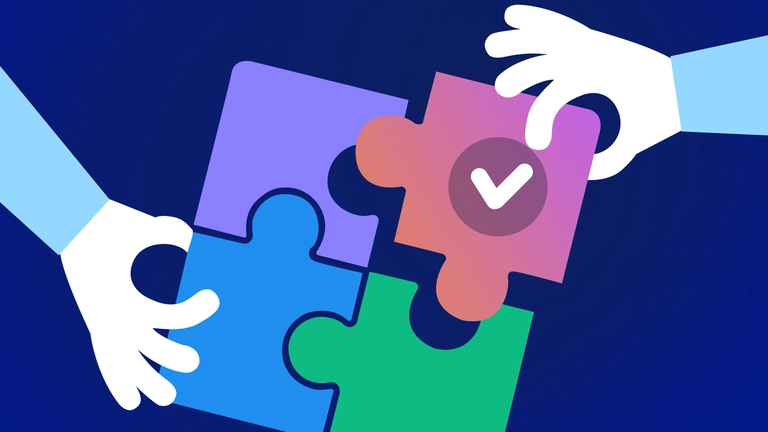
How to make a chatbot for free: a step-by-step guide
Learn how to build a powerful chatbot for free in five simple steps. No coding knowledge needed.
If you stumbled upon this page after Googling “how to make a chatbot,” you’re not alone. A 2022 study revealed that 63% of business executives felt that lack of AI education and training was the biggest barrier to adopting chatbots. Furthermore, 81% admit their organization has still not developed any AI-focused education and training.
The good news is that this article will help you build a chatbot from scratch — free of cost without any AI training or coding knowledge required.
Let’s get familiar with the basics of a chatbot before we start building one.
What is a chatbot?
A chatbot is a software program that automates conversations initiated through a live chat. It can instantly resolve customer queries that don’t need a lot of human oversight and free up your resources to enhance your productivity.
You can deploy a chatbot to cover all your customer interaction channels on your website, Instagram, Facebook Messenger, WhatsApp, and mobile apps.
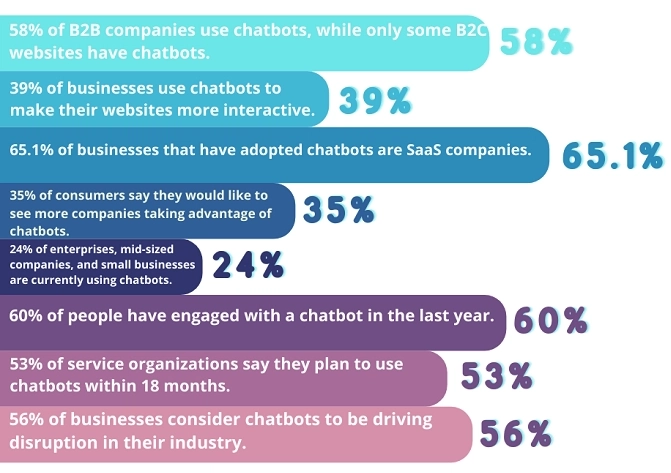
Types of chatbots
The use cases for chatbots are countless, but fundamentally, there are two main types of chatbots offered by software developers today:
Rule-based chatbots
Rule-based chatbots are the easiest chatbots you can build. They resolve user questions by sending them a pre-programmed answer matching their inquiry.
However, there’s no room for flexibility. If users deviate even slightly from the trigger keywords, your chatbot won’t be able to send the correct answer. There’s no scope for them to learn from the data gathered through customer interactions either.
AI-based chatbots
AI-based chatbots use artificial Intelligence and machine learning to make every interaction as accurate and personalized as possible. Some are so advanced that it’s hard to tell the difference if you’re interacting with a human or a bot. For example, once the user sends a question, the chatbot evaluates the user intent, asks more questions if necessary, and pulls out the most accurate answer from the decision tree.
The best part is your intelligent chatbot gets more intelligent with every interaction. This is because it keeps learning from your customer service database to give them accurate answers in a more human tone.
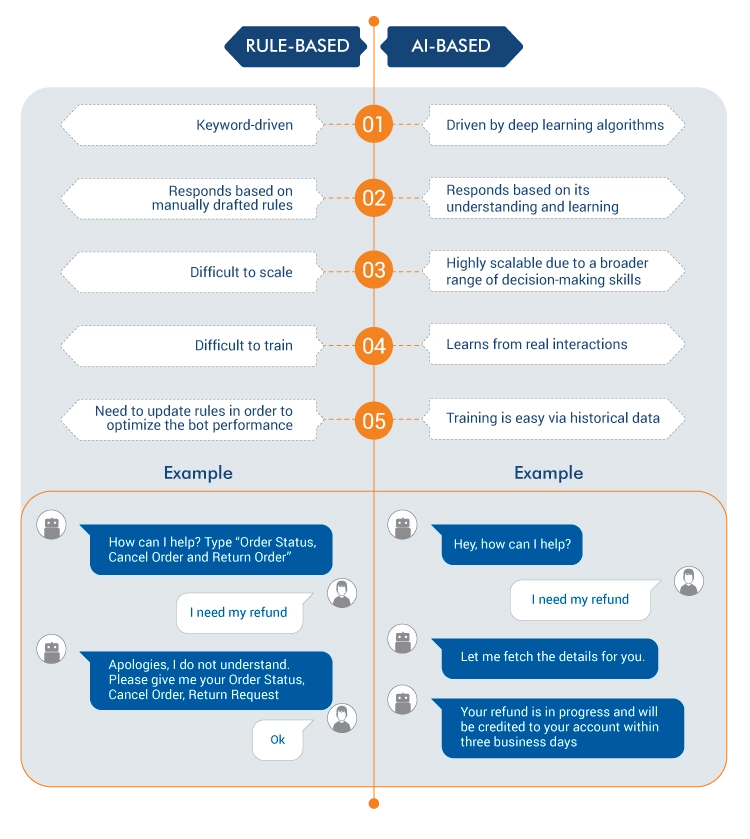
How to create a chatbot from scratch in five steps
- Understand your goals and set a clear purpose
It doesn’t matter how good your aim is if you don’t know where your target is. So don’t jump on the chatbot bandwagon without asking yourself these questions first:
- Which workflows do you want to automate?
- How much time and money do you expect to save?
- Where do buyers need the most help on their journey?
- What does your average customer profile look like?
Whether it’s a chatbot for marketing, sales, or customer support, you need to get specific with your goals to make it effective.
The more specific and clear your goal/call-to-action is, the more measurable the success of your chatbot will be. For example, some of the popular chatbot goals include:
- Generate 10000 webinar registrations.
- Get 100 daily eBook downloads.
- Send a welcome promo code.
- Bring your average customer response time down to 2 minutes.
If you’re still struggling to pin down your chatbot’s goals, here’s a smart checklist you can follow:
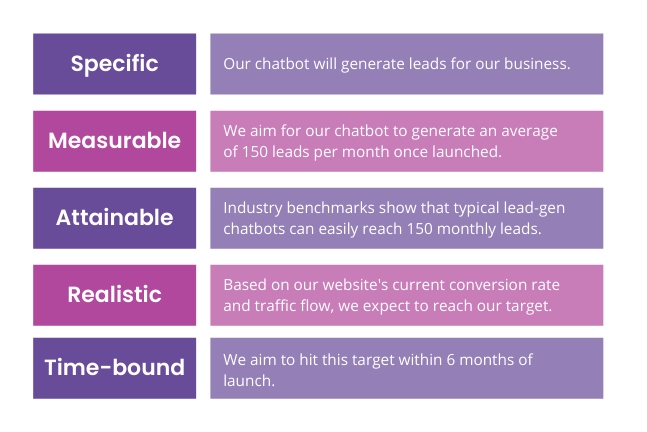
- Choose your chatbot building platform
Most businesses hesitate to take this next step. You don’t know much about the time and money it takes to build a chatbot, how to train your team to manage it, how seamlessly it can work with your current integrations, or how many languages it can respond in. So we’re still just scratching the surface when it comes to the questions you have on your mind.
Ultimately, it all comes down to this concern — how simple is it to build, and how much can it simplify your work?
You also need stability and security to make simplicity count. If you’re giving a platform access to your critical business data and operations, it’s important to find a reliable option. Chatfuel is an official partner of Meta, which means your data is in safe hands.
That’s where a chatbot building platform like Chatfuel gives you the edge by demanding minimal investment in exchange for maximum efficiency. You can use the drag-and-drop bot builder to test and launch your solution across your preferred channels, all within a few clicks.
Chatfuel isn’t just limited to building basic rule-based chatbots. You can also integrate leading AI from Google and Chatfuel with Dialogflow to build intelligent chatbots. As a result, you can easily get the same value instead of building one from scratch using complex frameworks like Salesforce Einstein, IBM Watson, or Oracle Bot Builder.
- Map out your conversational flow
Chatbot builders can give you every feature you’re looking for, but what’s more important is knowing what your customer is looking for.
If you’re building it to support your marketing, sales, or customer support departments, ensure they’re fully involved in this process. That’s how you can map out your conversational flow that converts.
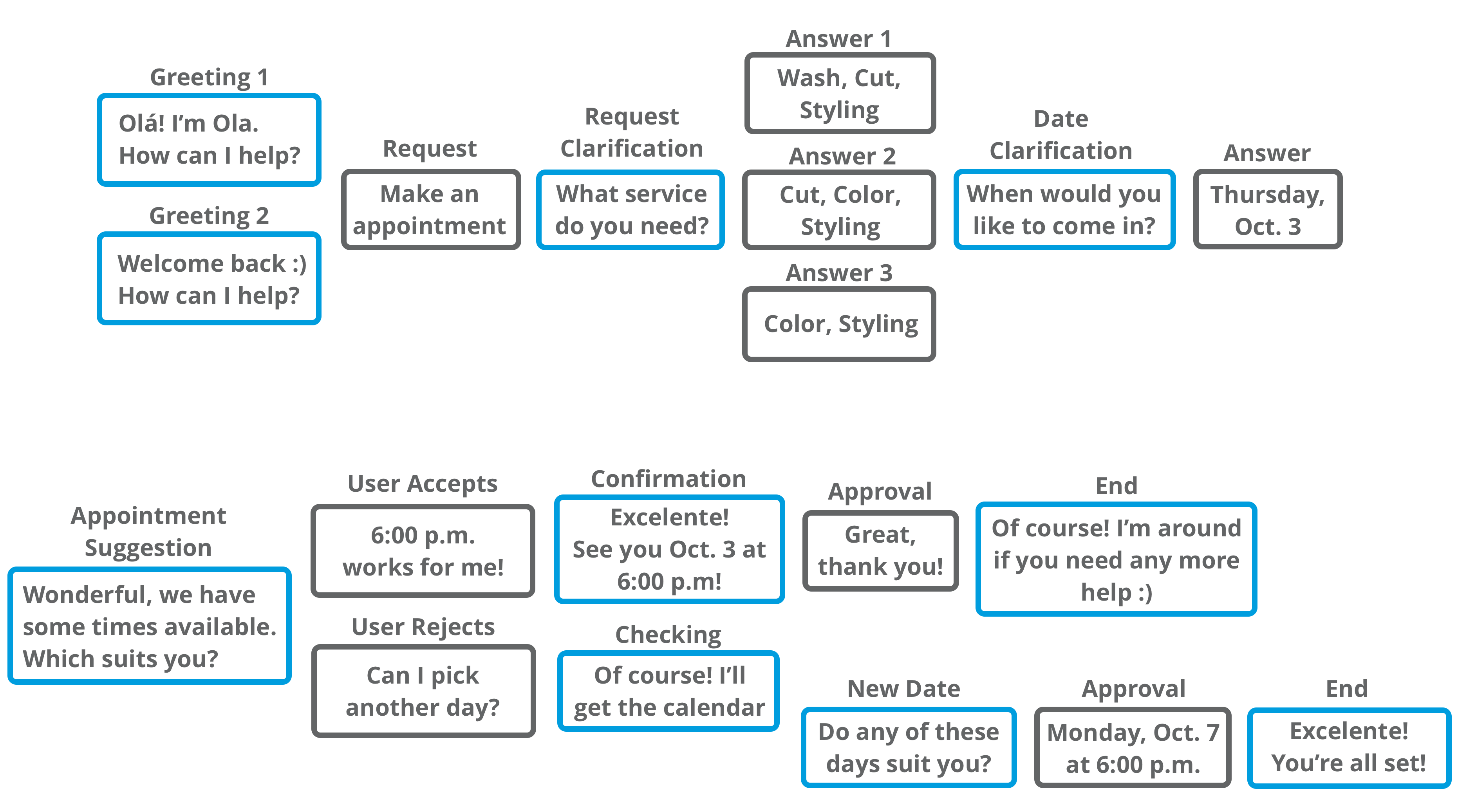
Your customers have unique questions at every stage of the buying process. And your team can help you list the most common questions and the best resolutions for each.
For example — a user who doesn’t know much about your product would be thinking about these questions:
- What product or service are you offering?
- What problem will your product solve for them?
- Why should they purchase your product?
- What separates your brand from your competitors?
On the other hand, a user who is interested in your product and evaluating it further would need answers to these questions:
- How can they trust you?
- Is there a detailed guide to using your product?
- Can you provide any testimonials or case studies?
- How quickly can you deliver it?
- Can they book a consultation with your team to get a customized solution?
The more you think by putting yourself in the customer’s shoes, the more engaging your conversational flow will be.
- Build your chatbot flow
To access Chatfuel’s free bot builder, you must connect your Facebook Page account while logging in. You can also connect your Instagram account once you’ve logged in to build your chatbot.
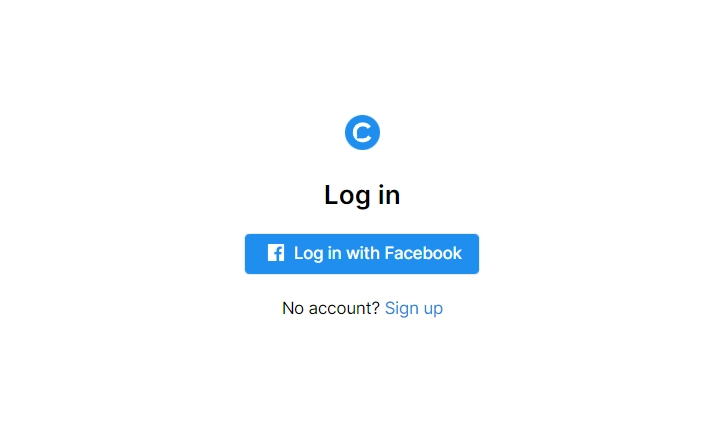
Let’s say you want to build a simple FAQ chatbot for your Facebook Business Page. Go to the Automation tab in your dashboard and click the '+' sign to add a new Messenger flow. This will open up the visual builder, where you can design and simulate the conversation scenarios you had mapped out earlier.
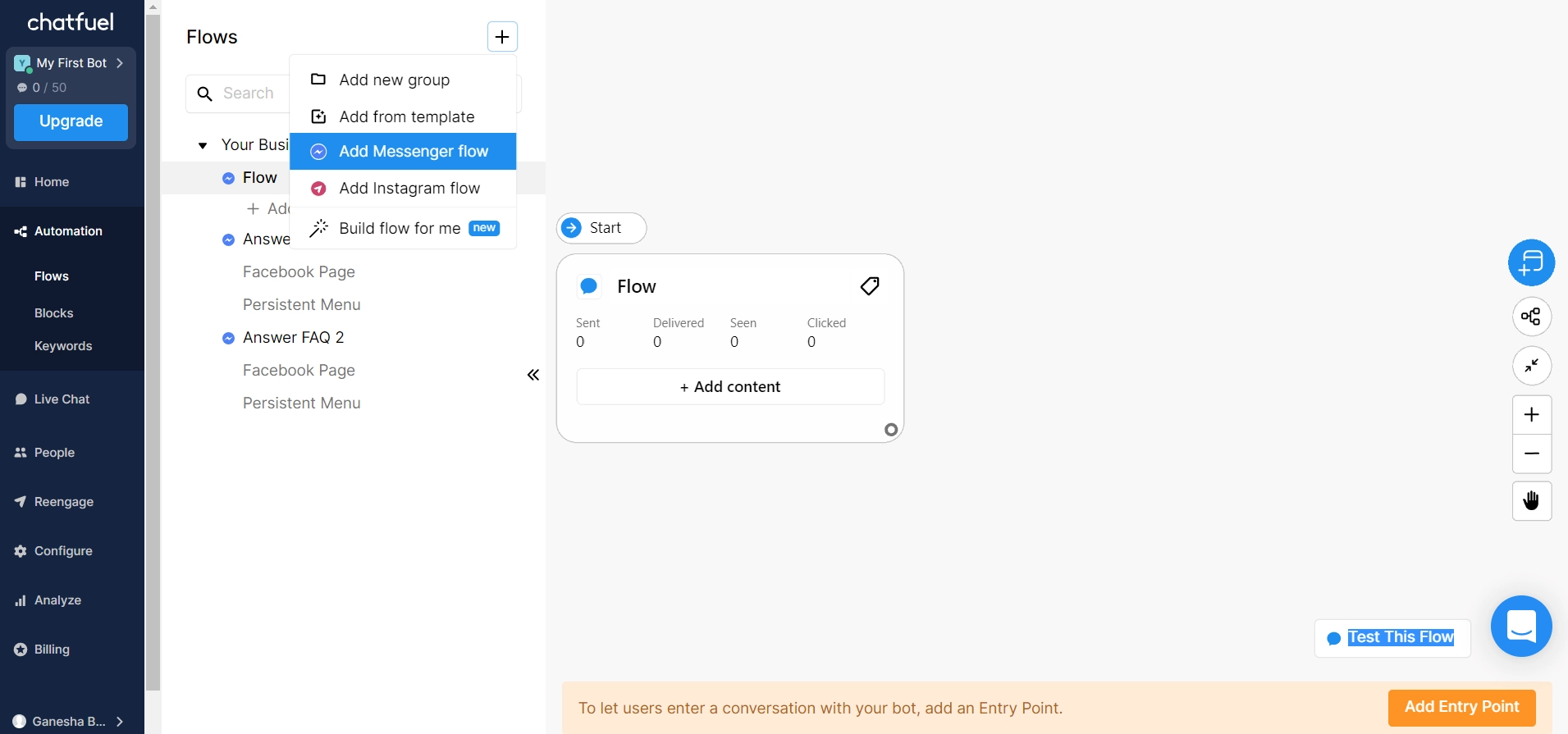
It’s time to choose an Entry Point for your new flow. An Entry Point is the channel your user comes through that triggers your chatbot into action.
For example, if you want your FAQ chatbot to launch as soon as someone messages your Facebook page, you need to select 'Facebook Page' as your Entry Point.
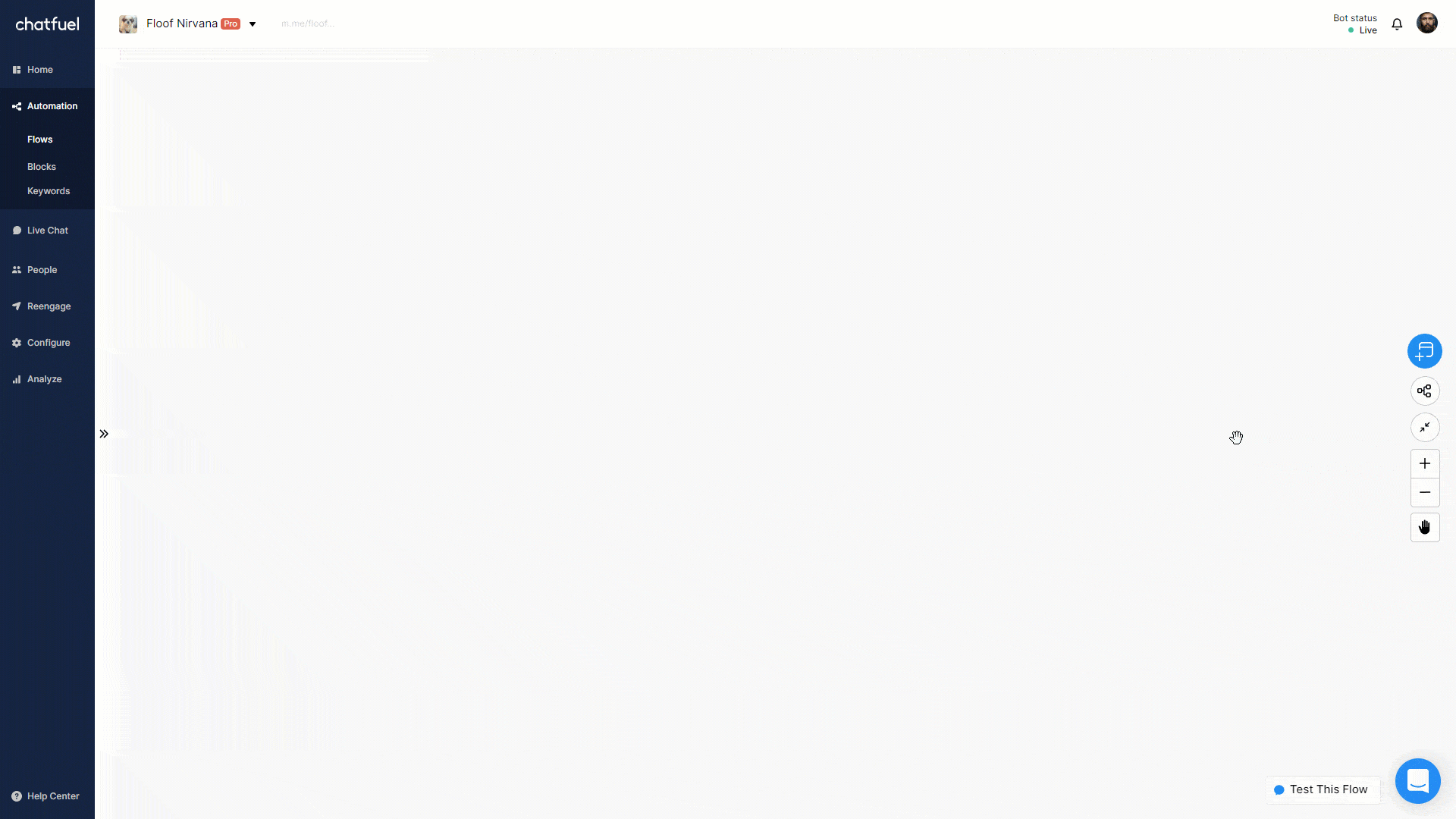
Let’s start with the chatbot FAQ welcome message flow. Next, you can navigate to the highlighted blue button on the middle-right side of the builder.
Then, in the drop-down menu, select Collect User Data → Answers.
Set up a Welcome Message followed by the 'Add Quick Reply' and update the options your users usually request.
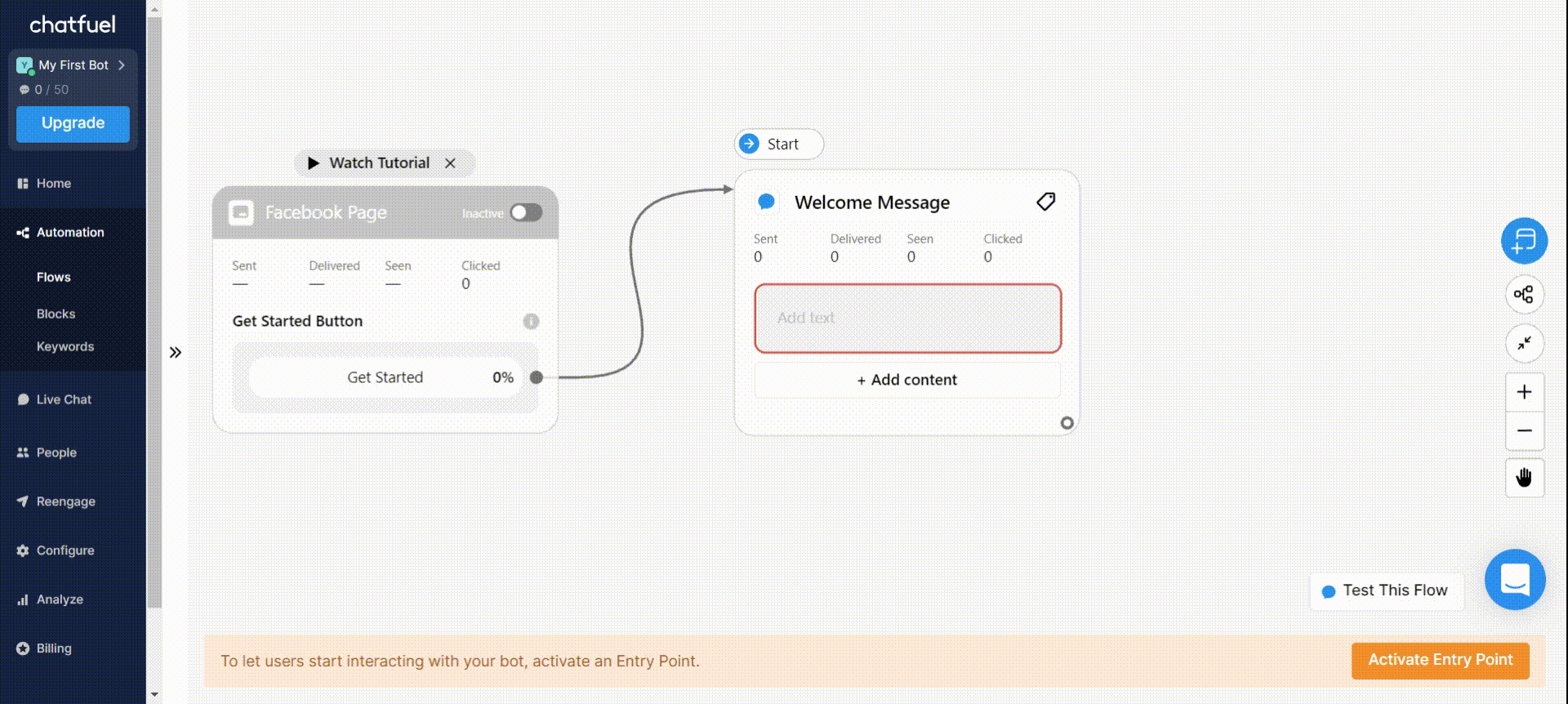
Similarly, you can add new blocks that lead to the specific information requested by your customers.
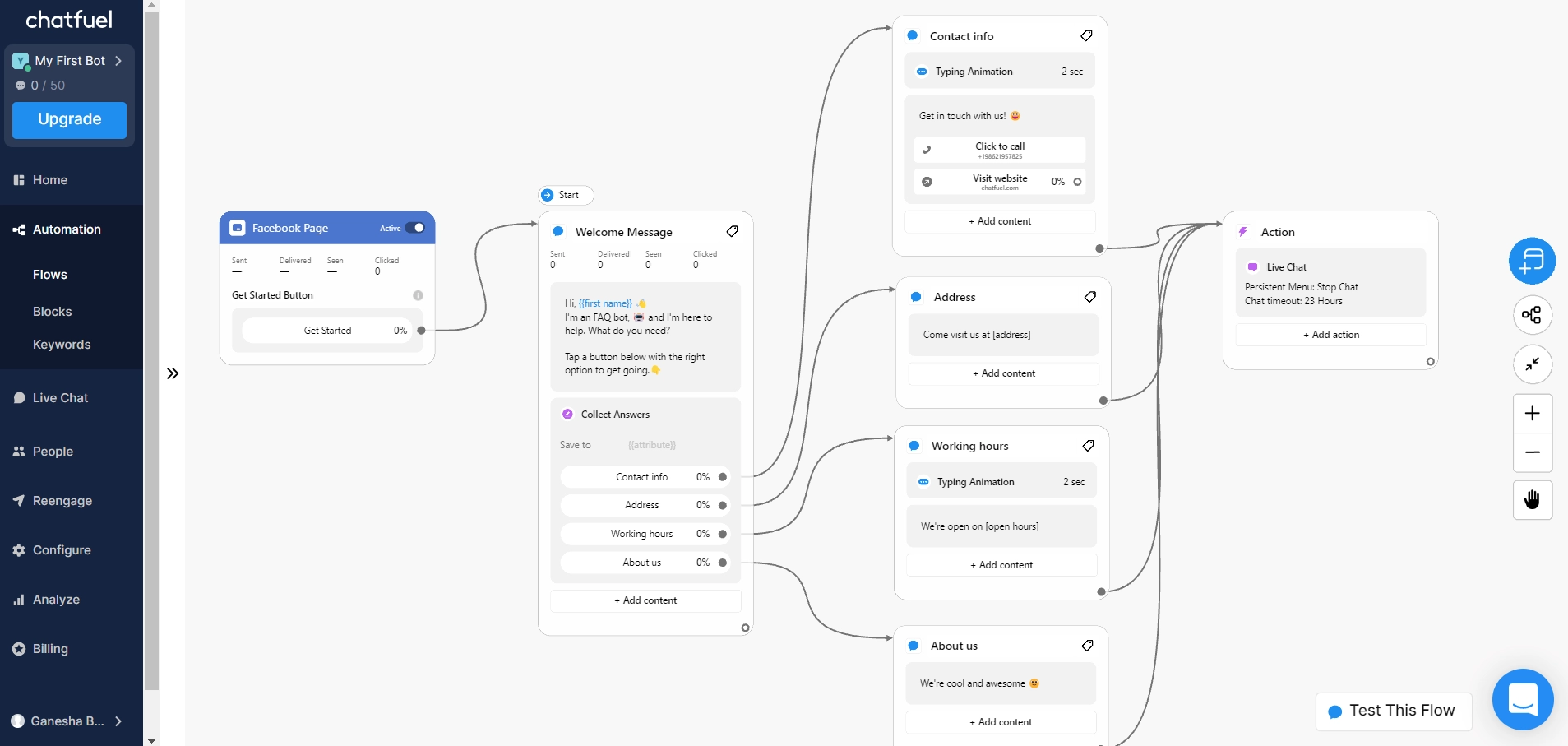
You can set your Entry Point to active and test your flow inside the builder itself. It’ll help you know exactly how the conversation flow looks from your customer’s point of view.
- Train, test, and optimize
It’s important to test your chatbot on your website or social media page with a small group of users. You can enjoy up to 50 free conversations if you’re using Chatfuel.
We know simple rule-based chatbots don’t need to be trained with the data you collect. But if you want to offer smarter and more flexible conversational flows through the data you collect, you need to connect DialogFlow to Chatfuel.
The Analyze tab will help you track the success of your chatbot by measuring engagement, user activity, and retention rates. You can use this data to fix communication gaps in your flows and keep customers happy.
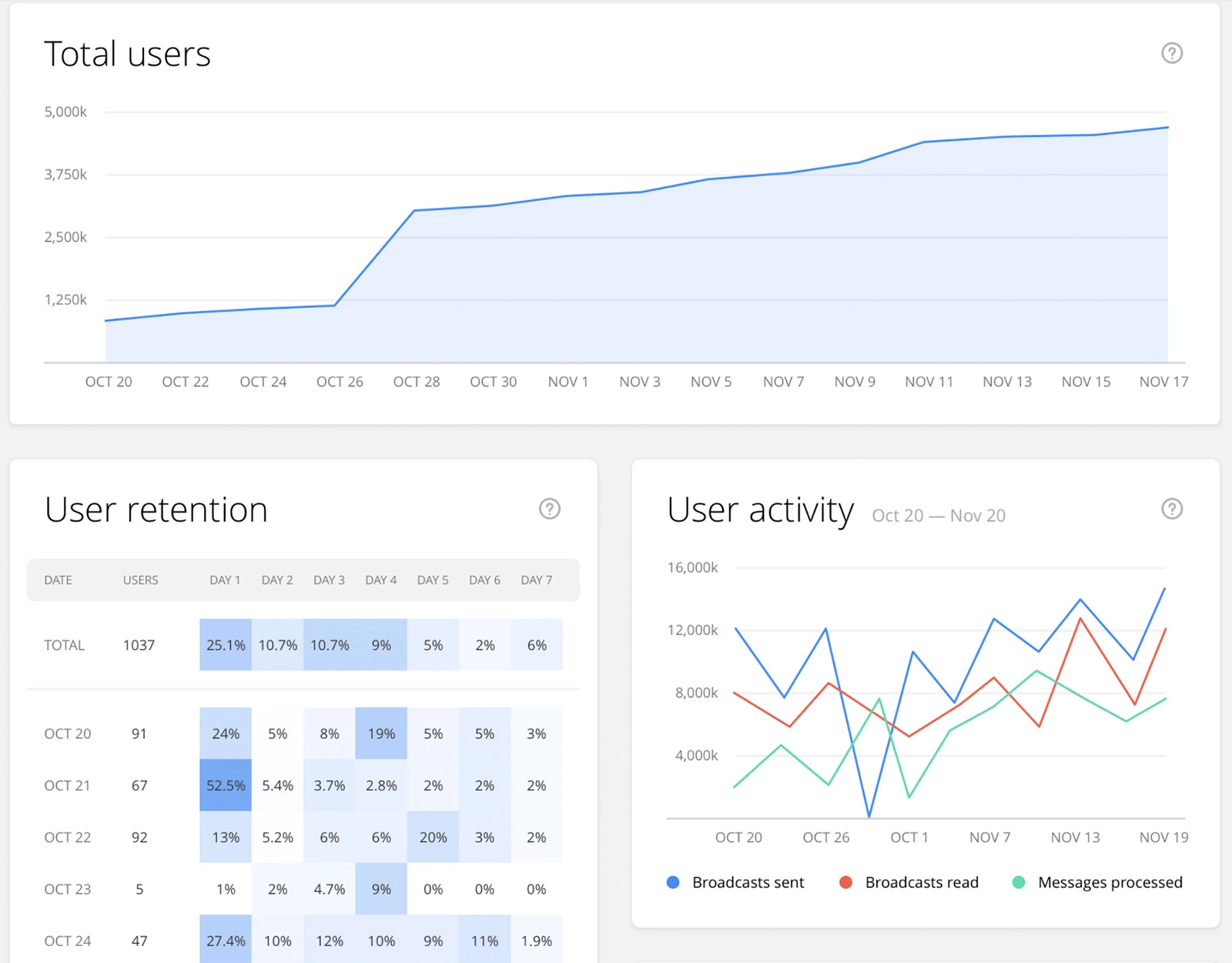
Examples of chatbots
If you’re looking for some inspiration, here are a few successful chatbots implemented by businesses like yours that took their conversions to the next level:
For lead generation
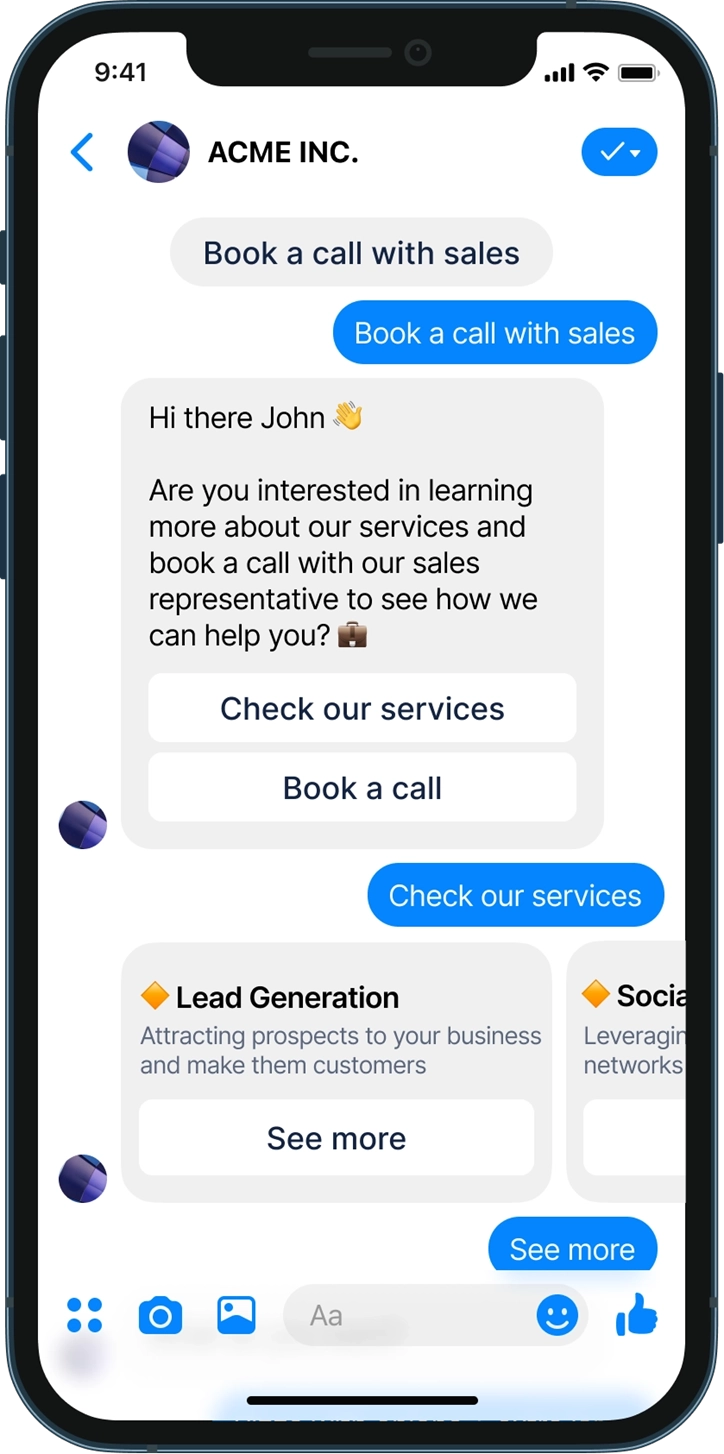
For collecting applications
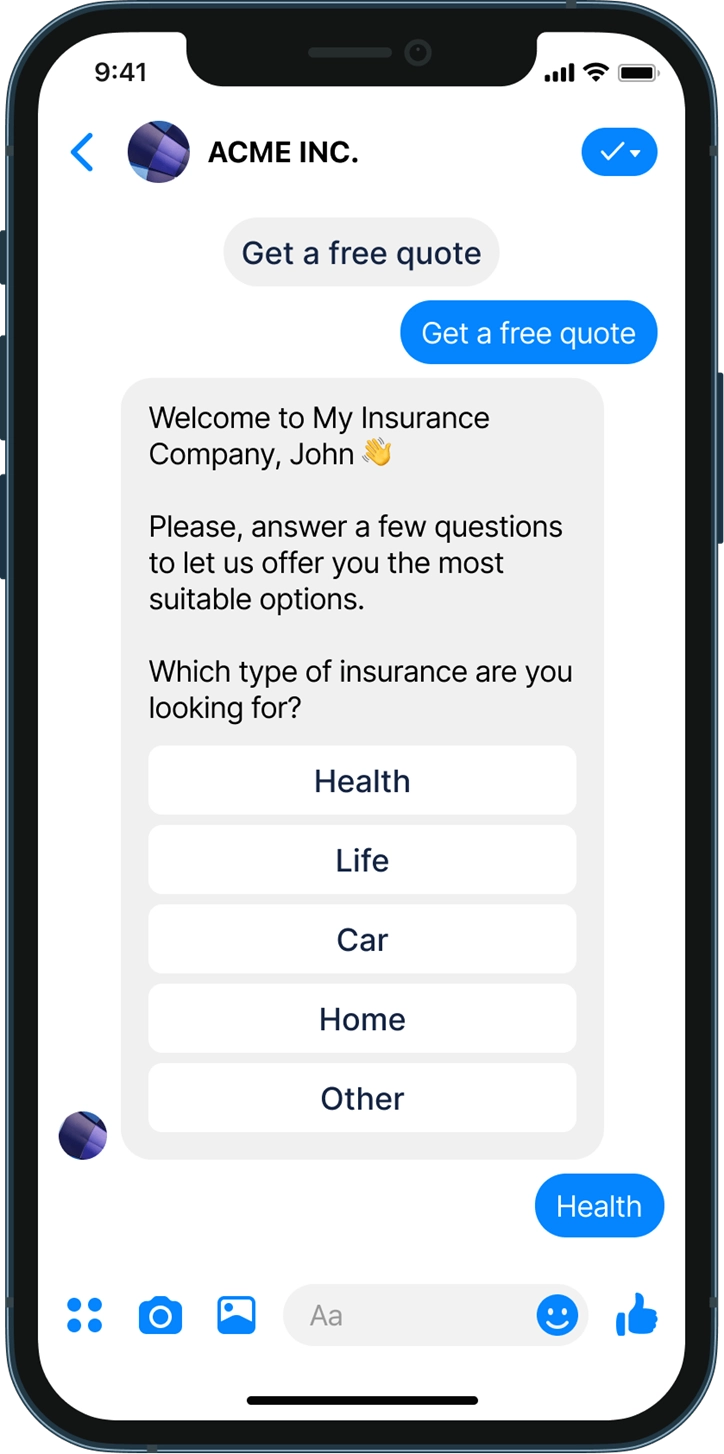
For targeted ads
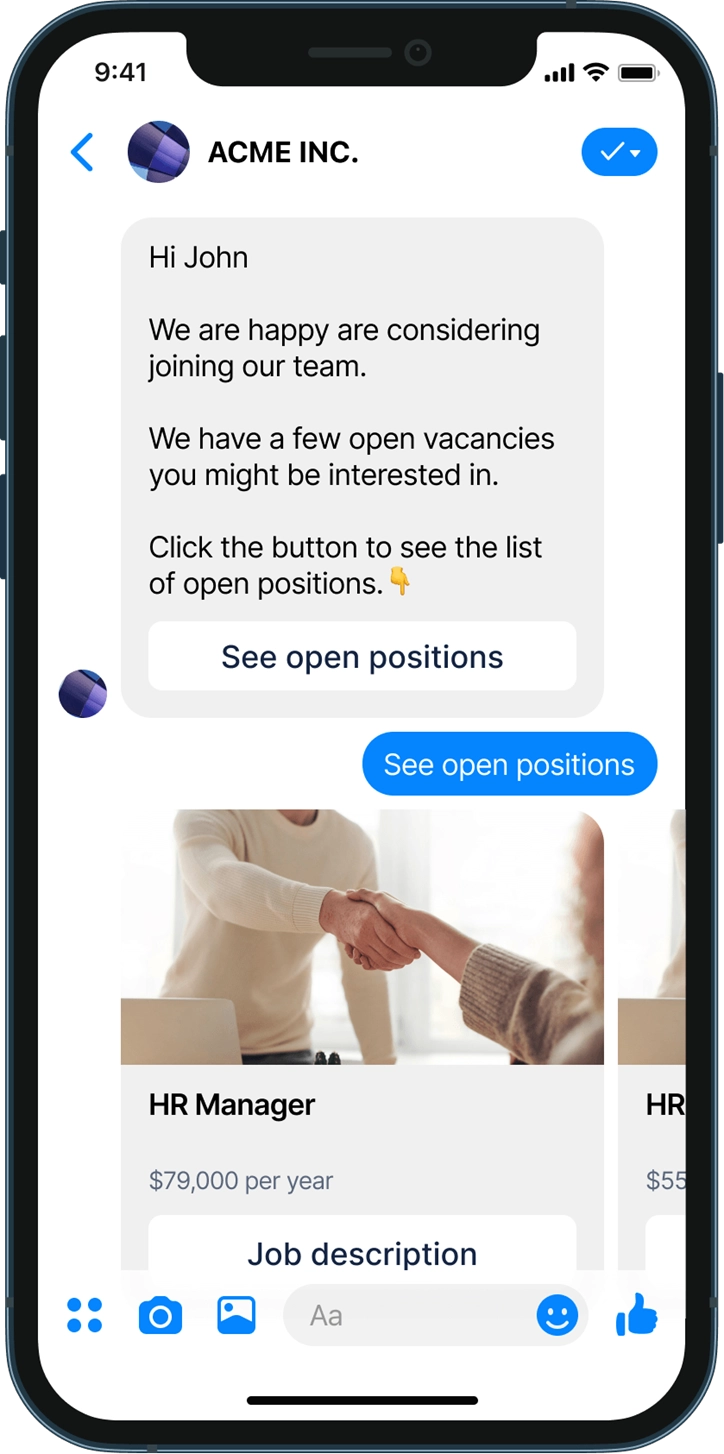
For managing customer feedback
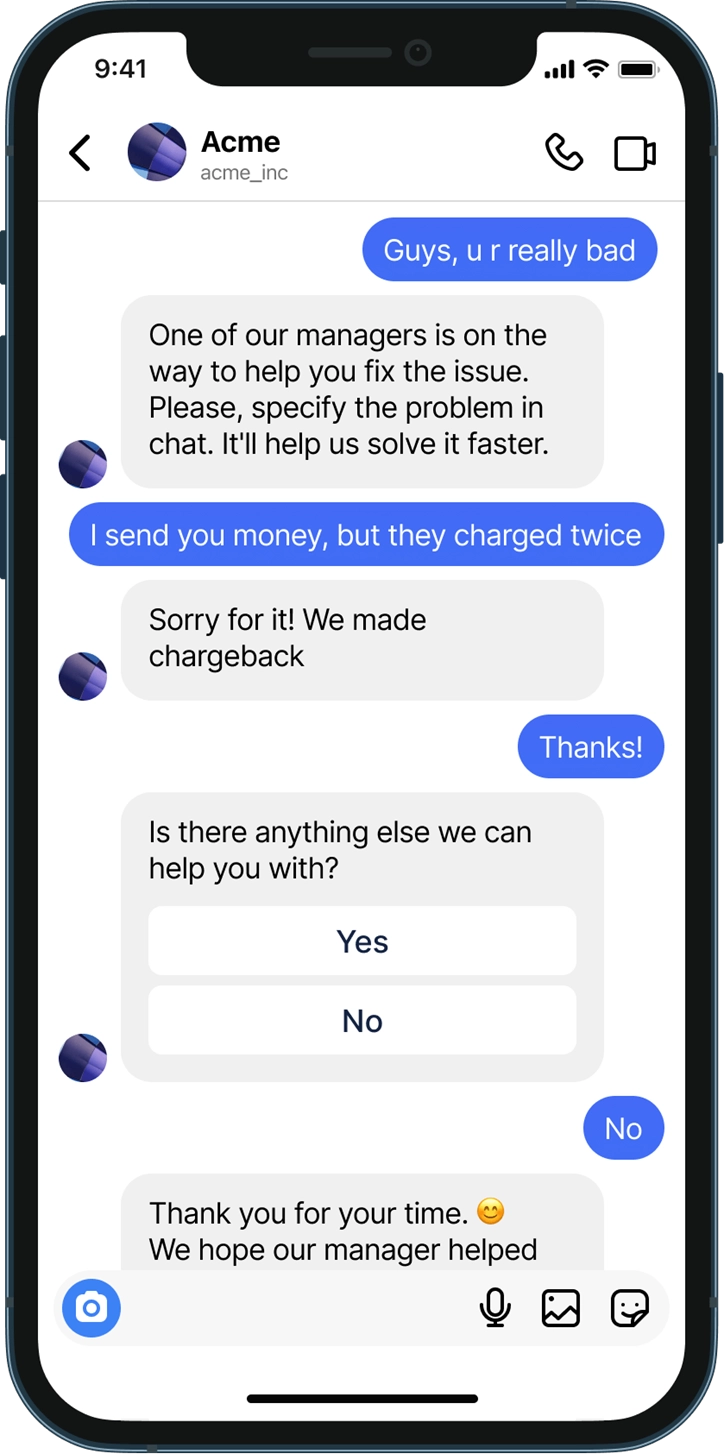
For product recommendations
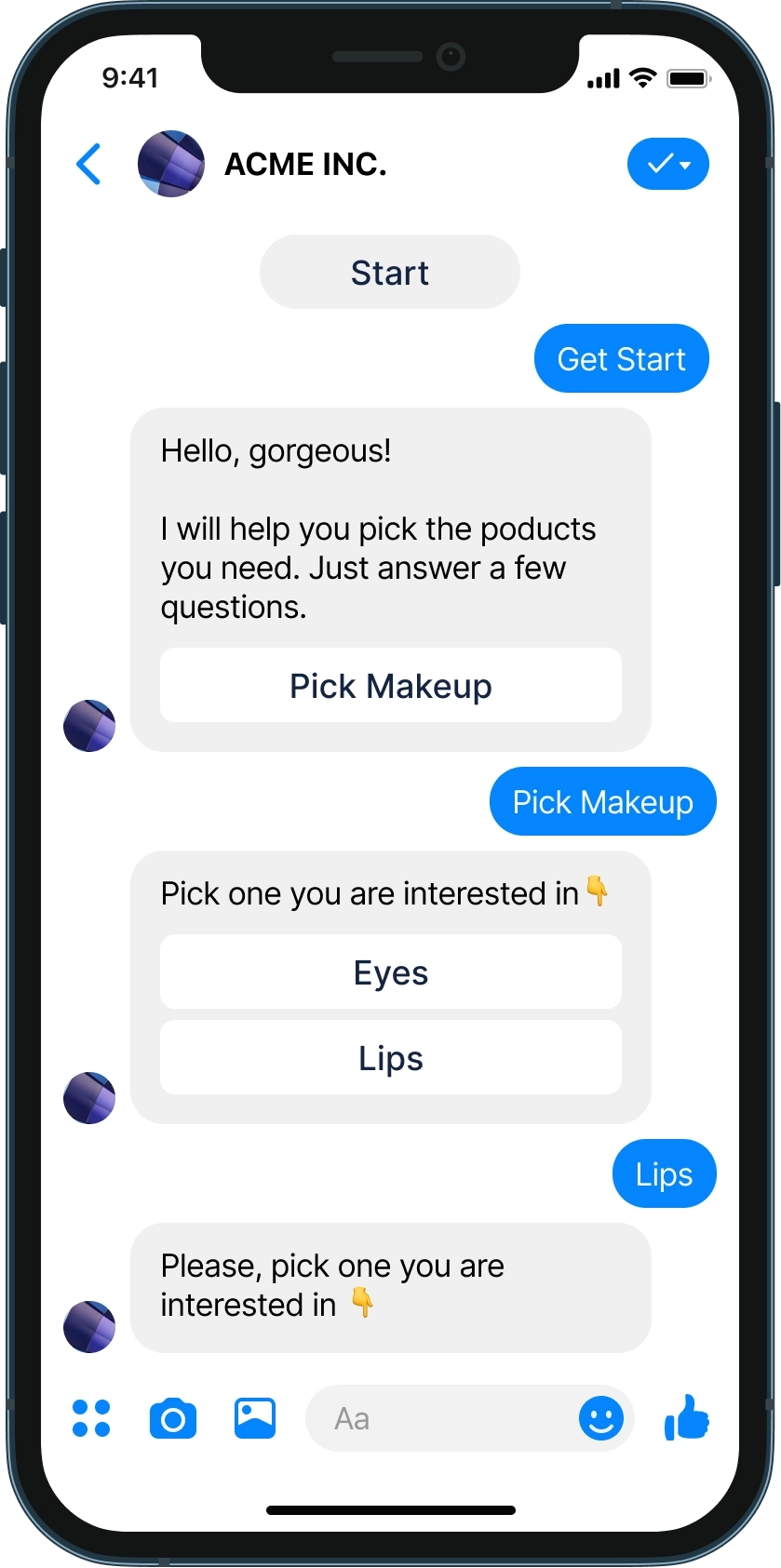
Become an expert chatbot builder without any expertise needed
Chatfuel is one of the largest no-code chatbot builders in the world. It minimizes the number of clicks it takes from build to launch your chatbot.
We showed you a step-by-step guide to build one from scratch in this article. But you can do it even faster by trying our free templates to fit your use case perfectly.
Sign up for a free trial today.
